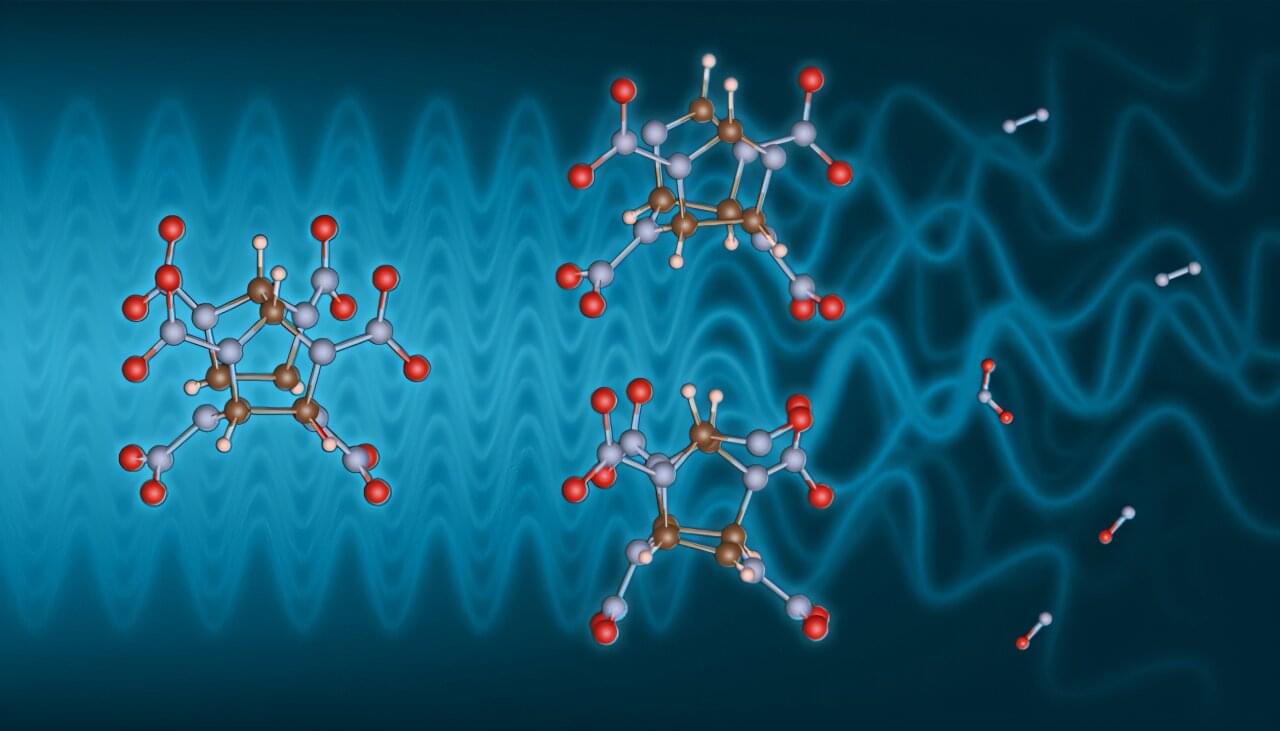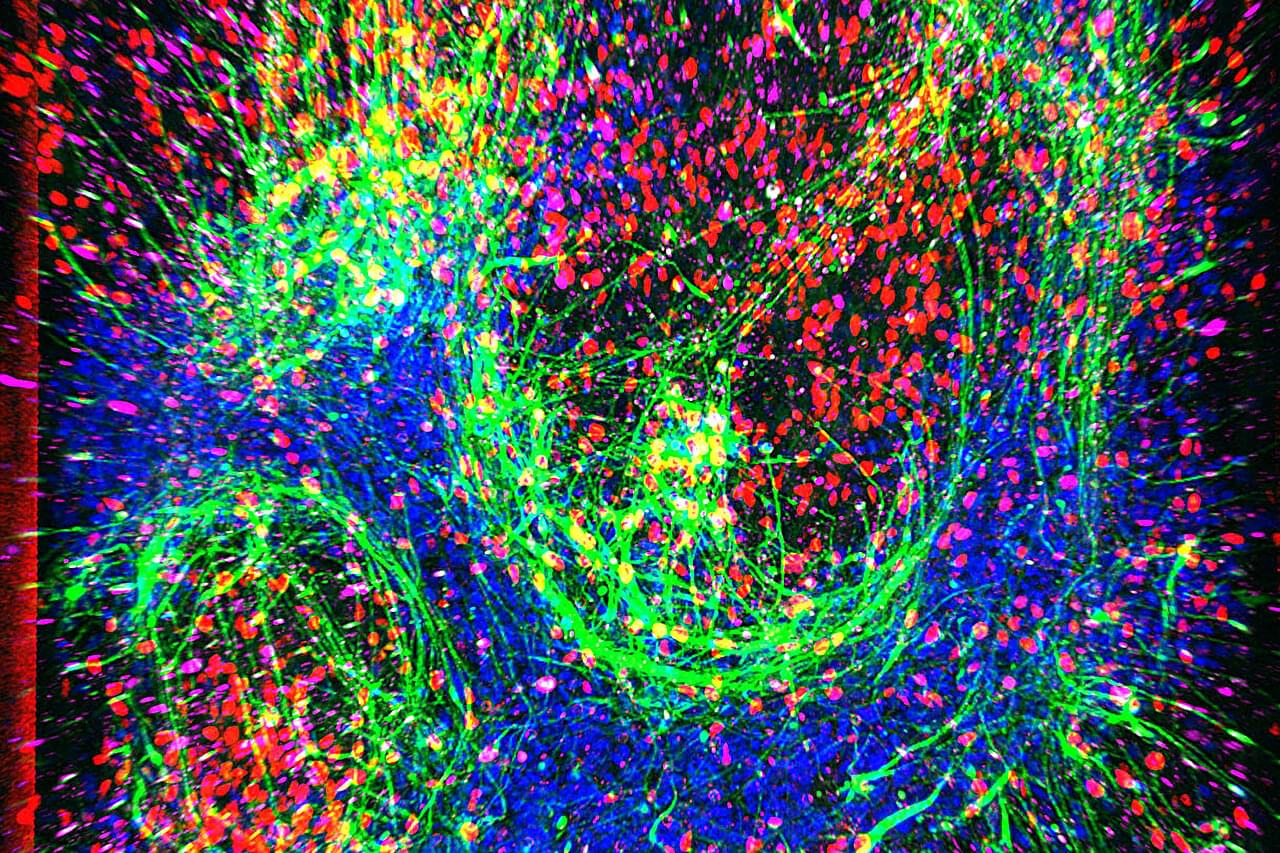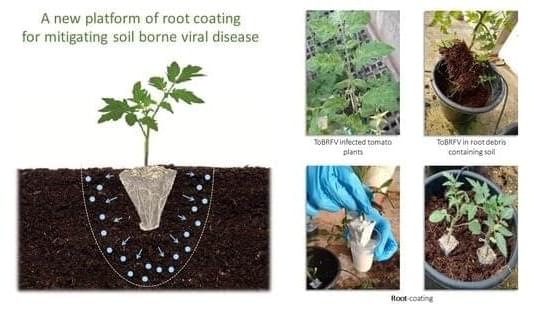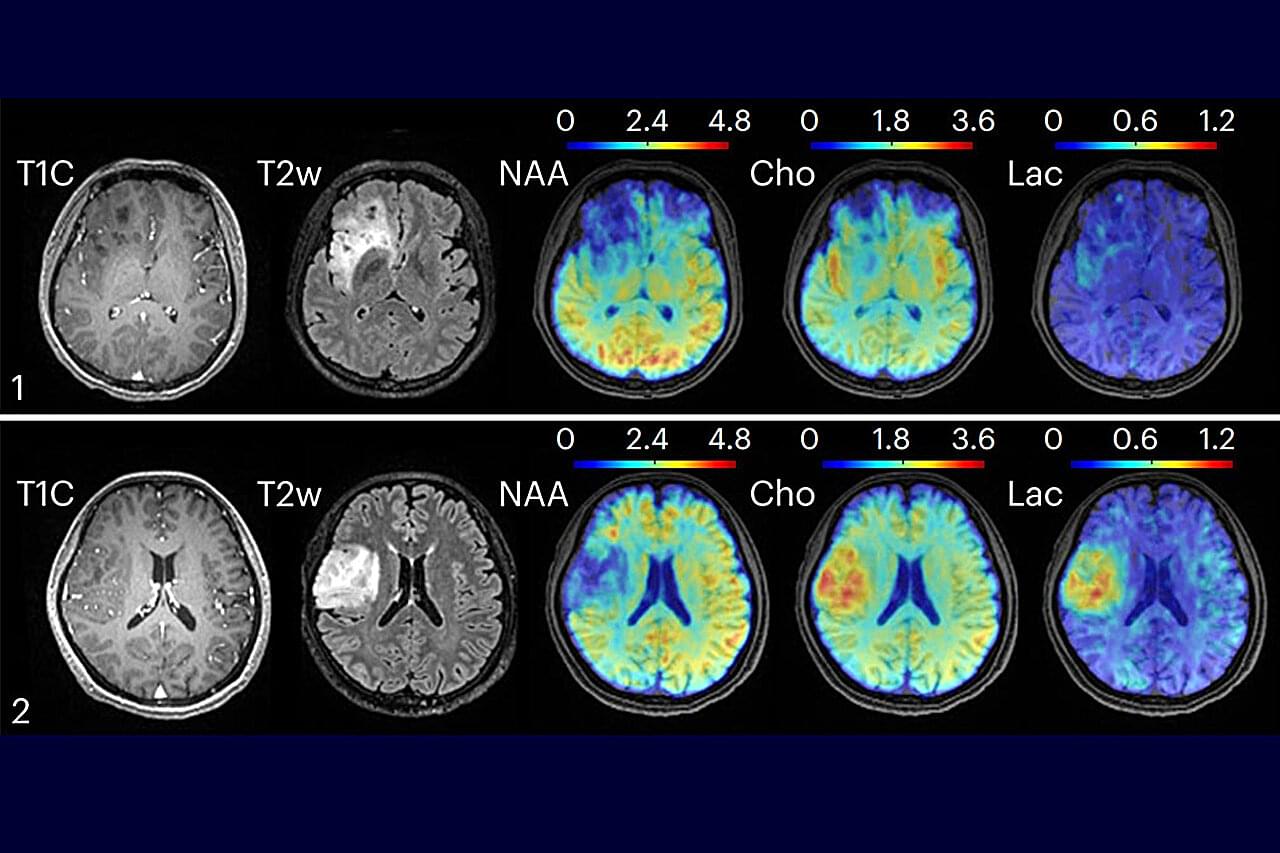U.S. Embassy mandates social media to be public for F, M, and J visa applicants to ensure identity verification.




Google Imagen 4, which is the company’s state-of-the-art text-to-image model, is rolling out for free, but only on AI Studio.
In a blog post, Google announced the rollout of the new Imagen 4 model, but reminded users that it’s free for a “limited time” only.
Unlike the old text-to-image model, Imagen 4 offers significant improvements and takes the text-to-image generation quality to the next level.

A blue-and-white Waymo van rolls up to a stoplight near Austin’s South Congress Avenue, sensors spinning in the sun. In three months, that van –and every other driverless car in Texas– will need a brand-new permission slip taped to its dash. Governor Greg Abbott has signed SB 2807, a bill that for the first time gives the Texas Department of Motor Vehicles gate-keeper power over autonomous vehicles.
Starting September 1, 2025, any company that wants to run a truly driver-free car—robo-taxi, delivery pod, or freight hauler—must first snag a state-issued permit. To qualify, operators have to file a safety and compliance plan that spells out:


Safe and effective high explosives are critical to Lawrence Livermore National Laboratory’s (LLNL) mission of stockpile stewardship. It is relatively simple to study the composition of such material before a detonation or examine the soot-like remnants afterward. But the chemistry in between, which dictates much of the detonation process, evades experimental interrogation as it passes by in a few nanoseconds or less.
In a study published in the Proceedings of the National Academy of Sciences, researchers from SLAC National Accelerator Laboratory and LLNL triggered a slow decomposition of a high explosive and measured the effects on the molecules within it. The work provides the proof of concept for a process that could be extended to examine ultra-fast dynamic chemistry during detonations and illuminates intermediate structures that have never been experimentally seen before.
At the Stanford Synchrotron Radiation Lightsource, the team used X-rays to both trigger the chemical reactions involved in decomposition and measure the results.

In a paper published in the journal Nature Communications, biomedical engineers have shown how two brain regions quickly adapt to shift focus from one planned destination to another.
Stephanie Prince explains her research with a scenario many Atlantans can relate to. Imagine you’re driving to the Atlanta airport to pick up a friend. They call to say they’re in the terminal—but they’re not sure which one. North, maybe? You head in that direction through the maze of roads around the airport.
Then they call back. They’re actually in the South Terminal. So you make a quick mental adjustment and switch your route to arrive at the correct side of the airport.

Using stem cells from patients with ALS (amyotrophic lateral sclerosis), Cedars-Sinai has created a lifelike model of the mysterious and fatal disease that could help identify a cause of the illness as well as effective treatments.
In a study published in the journal Cell Stem Cell, investigators detail how they created “ALS on a chip” and the clues the specialized laboratory chip has already produced about nongenetic causes of the disease, also known as Lou Gehrig’s disease.
The work builds on previous studies where adult cells from ALS patients were reverted into stem cells. The cells were then pushed forward to produce motor neurons, which die in the disease, causing progressive loss of the ability to move, speak, eat and breathe.

Tomato brown rugose fruit virus (ToBRFV) is a soil-borne virus showing a low percentage of ca. 3% soil-mediated infection when the soil contains root debris from a previous 30–50 day growth cycle of ToBRFV-infected tomato plants. We designed stringent conditions of soil-mediated ToBRFV infection by increasing the length of the pre-growth cycle to 90–120 days, adding a ToBRFV inoculum as well as truncating seedling roots, which increased seedling susceptibility to ToBRFV infection. These rigorous conditions were employed to challenge the efficiency of four innovative root-coating technologies in mitigating soil-mediated ToBRFV infection while avoiding any phytotoxic effect. We tested four different formulations, which were prepared with or without the addition of various virus disinfectants. We found that under conditions of 100% soil-mediated ToBRFV infection of uncoated positive control plants, root-coating with formulations based on methylcellulose (MC), polyvinyl alcohol (PVA), silica Pickering emulsion and super-absorbent polymer (SAP) that were prepared with the disinfectant chlorinated-trisodium phosphate (Cl-TSP) showed low percentages of soil-mediated ToBRFV infection of 0%, 4.3%, 5.5% and 0%, respectively. These formulations had no adverse effect on plant growth parameters when compared to negative control plants grown under non ToBRFV inoculation conditions.

A new technology that uses clinical MRI machines to image metabolic activity in the brain could give researchers and clinicians unique insight into brain function and disease, researchers at the University of Illinois Urbana-Champaign report. The non-invasive, high-resolution metabolic imaging of the whole brain revealed differences in metabolic activity and neurotransmitter levels among brain regions; found metabolic alterations in brain tumors; and mapped and characterized multiple sclerosis lesions—with patients only spending minutes in an MRI scanner.
Led by Zhi-Pei Liang, a professor of electrical and computer engineering and a member of the Beckman Institute for Advanced Science and Technology at the U. of I., the team reported its findings in the journal Nature Biomedical Engineering.
“Understanding the brain, how it works and what goes wrong when it is injured or diseased is considered one of the most exciting and challenging scientific endeavors of our time,” Liang said. “MRI has played major roles in unlocking the mysteries of the brain over the past four decades. Our new technology adds another dimension to MRI’s capability for brain imaging: visualization of brain metabolism and detection of metabolic alterations associated with brain diseases.”